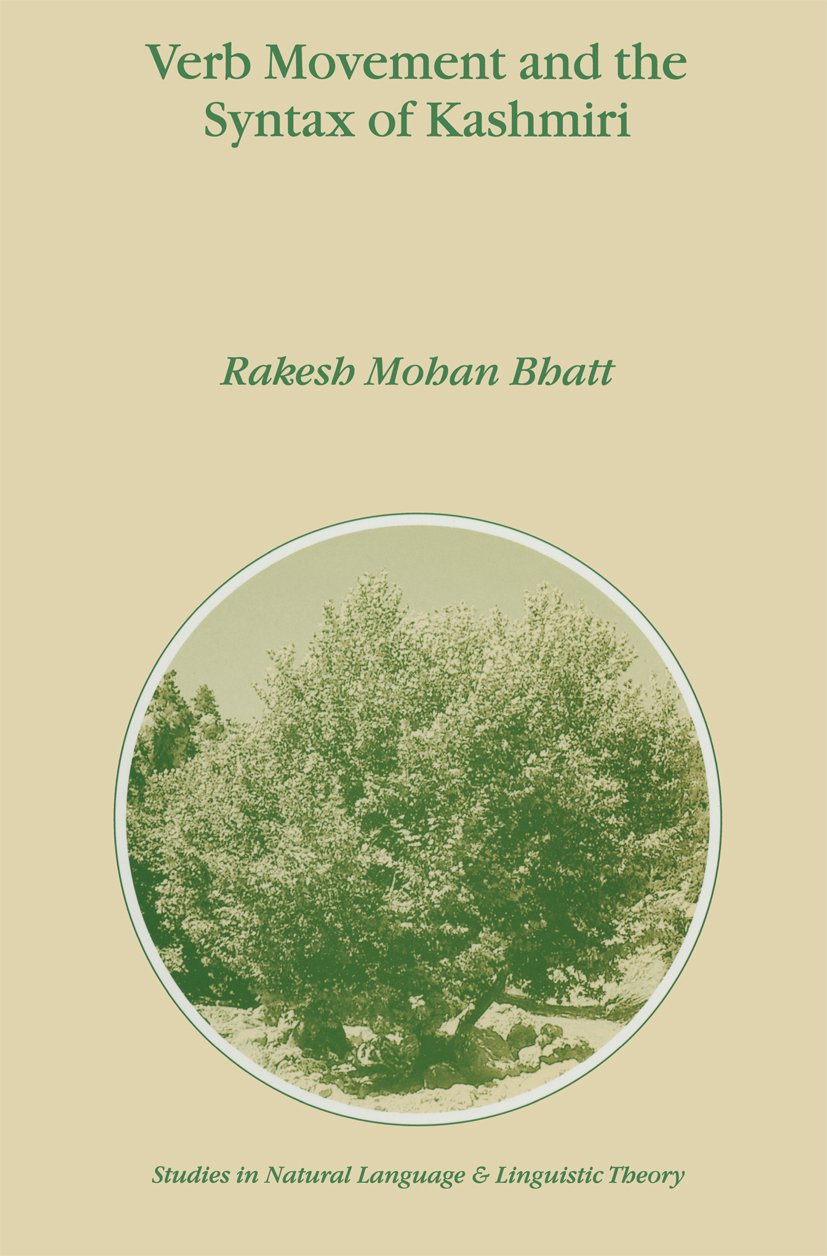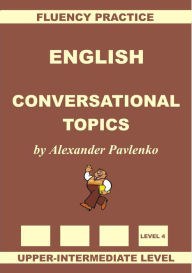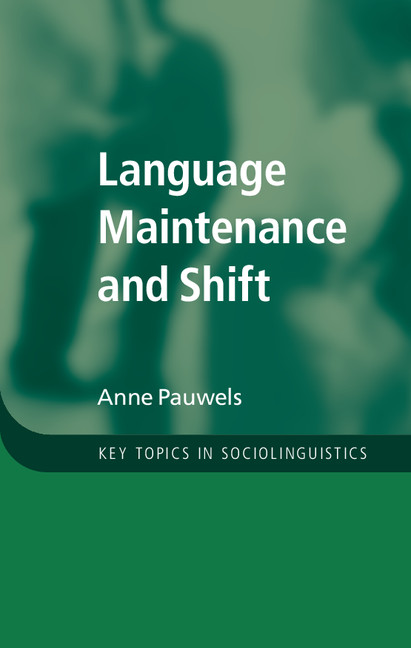Verb Movement and the Syntax of Kashmiri
by R.M. Bhatt
2020-05-30 19:21:25
Verb Movement and the Syntax of Kashmiri
by R.M. Bhatt
2020-05-30 19:21:25
3. 1 Kashmiri is not "non-Configurational" 45 3. 1 . 1 Agreement 51 3 . 1. 2 Binding Theory 52 3. 1. 3 Distribution of PRO 56 3 . 1. 4 Additional Evidence 57 3. 1. 4. 1 Weak Crossover (WCO) 57 3. 1. 4. 2 Constituent Fronting 60 3. 1. 4. 3 Superiority...
Read more
3. 1 Kashmiri is not "non-Configurational" 45 3. 1 . 1 Agreement 51 3 . 1. 2 Binding Theory 52 3. 1. 3 Distribution of PRO 56 3 . 1. 4 Additional Evidence 57 3. 1. 4. 1 Weak Crossover (WCO) 57 3. 1. 4. 2 Constituent Fronting 60 3. 1. 4. 3 Superiority-Like Effects 62 3. 2 Word Order Constraints: Kashmiri Phrase Structure 64 3. 2. 1 N-complements 65 3. 2. 2 Postpositions 67 3. 2. 3 Adjectives 67 3. 2. 4 The Structure ofVP 68 3. 3. The Functional Projections 71 3. 4 Complement ki clauses 74 3. 5 Summary 79 4 Verb-Second (V2) Phenomena 80 4. 0 Introduction 80 4. 1 Kashmiri Vo rfe ld 84 4. 1. 1 V2 Clauses 85 4. 1. 1. 1 Main Clauses 85 4. 1. 1. 2 ki-Clauses 98 4. 1. 2 V3 Clauses 102 4. 1. 2. 1 Declarative Clauses 102 4. 1. 2. 2 Interrogative Clauses 107 4. 2 Some Exceptional Orders 116 vm 4. 2. 1 VI Order 116 4. 2. 1. 1 Declaratives 116 4. 2. 1. 2 Yes/No Questions 120 V-Final Order 4. 2. 2 121 4. 2. 2. 1 Relative Clauses and Adverbial Clauses 121 4. 2. 2. 2 Nonfinite Clauses 126 4. 3 Summary 129 5 Motivating Verb Movement 131 5. 0 Introduction 131 5. 1 The "Standard" Account 131 5. 2 Yiddish and Icelandic 136 5. 2. 1 Diesing (1990) 138 5. 2. 2 Weerman (1989) 141 5. 2. 3 Vikner (1991) 146 5.
Less




















.jpg)








